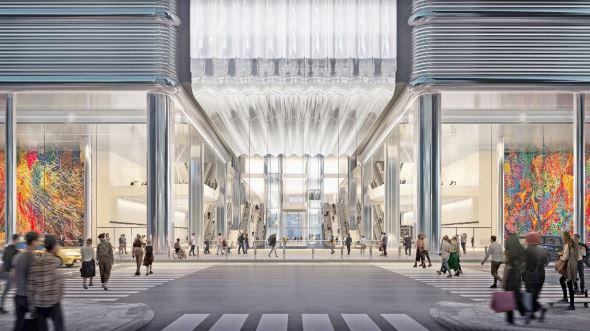
Recently, the city and state of New York reached an agreement with the Port Authority of New York and New Jersey to support the $10 billion replacement and expansion of the Port Authority Bus Terminal in Midtown Manhattan.
The agreement, signed by New York Mayor Eric Adams, New York Gov. Cathy Hochul and the Port Authority would allocate future tax revenue from three new commercial developments toward the replacement and expansion of the 73-year-old terminal. The Port Authority recently released plans to replace the terminal with a state-of-the-art facility that would transform the country’s largest and busies bus terminal.
“Anyone entering New York City should be greeted by a world-class travel hub, and now we are one step closer to a revitalized Port Authority Bus Terminal,” Hochul said. “We are modernizing New York’s infrastructure to prioritize public space, thriving businesses, and the safety and wellbeing of all New Yorkers. Replacing and expanding the Bus Terminal will spur economic development for decades to come and rebuild an important gateway into New York City.”
The city has committed 40 years of tax revenue, which is expected to help the Port Authority raise an estimated total of up to $2 billion. The new facility will include a 2.1 million square foot main terminal, a separate storage and staging building, and new ramps leading into and out of the Lincoln Tunnel. The project is expected to create 6,000 union construction jobs, and is expected to be constructed in phases, with a temporary terminal and new ramps completed in 2028, and the new main terminal completed in 2032.
“For decades, New Yorkers have watched the Port Authority Bus Terminal deteriorate from the world-class facility it was in the 1950s to the stain it is on Midtown today,” Adams said. “The days of watching are over, and the days of acting are here. Our investment over the course of the coming years, and our partnership with the Port Authority, will help develop a new crown jewel for Midtown — a state-of-the-art bus terminal that will add acres of new public space and storefronts, decrease congestion in Hell’s Kitchen, and improve the commuter and community experience in and around the terminal for both New Yorkers and visitors to the greatest city in the world.”